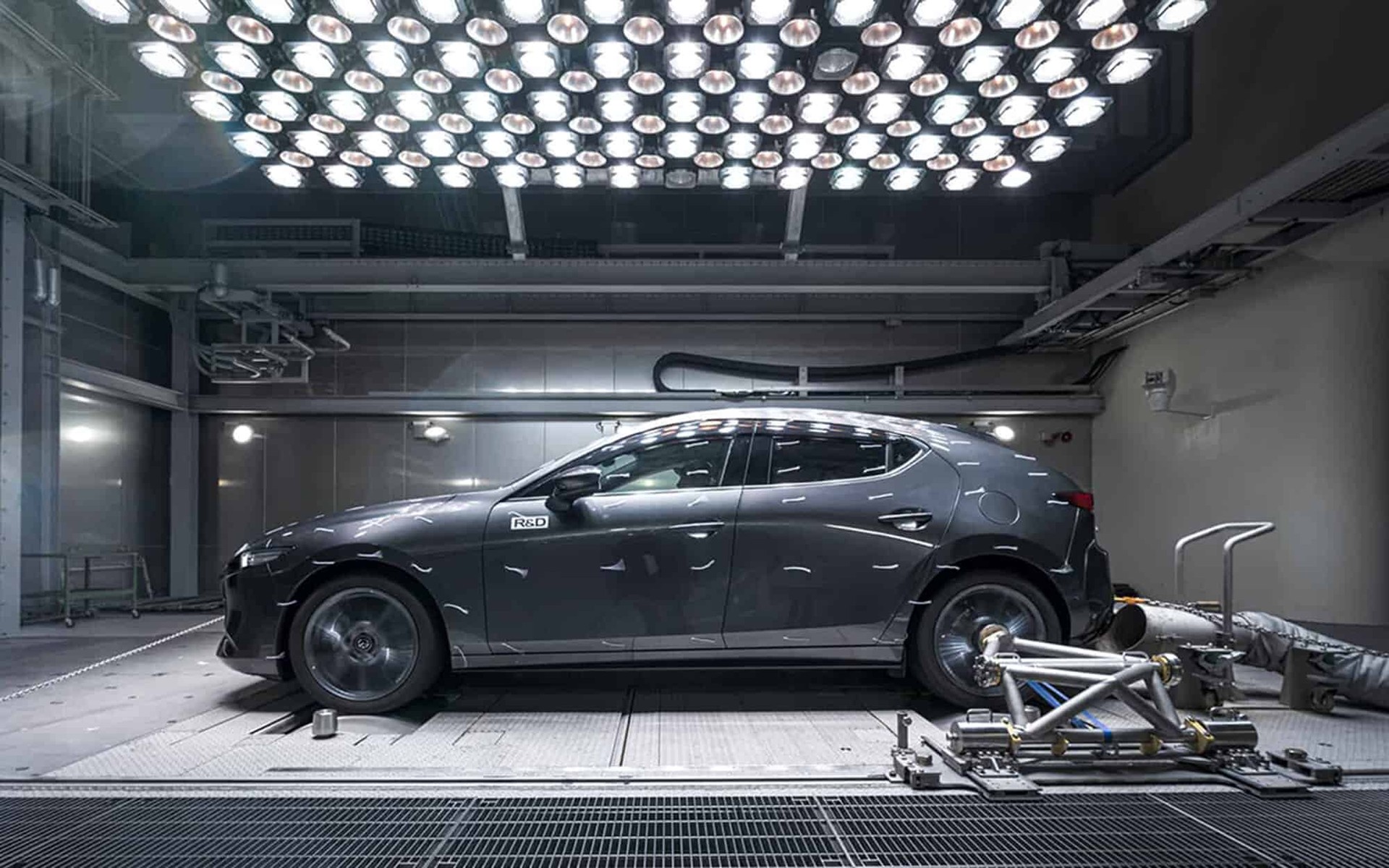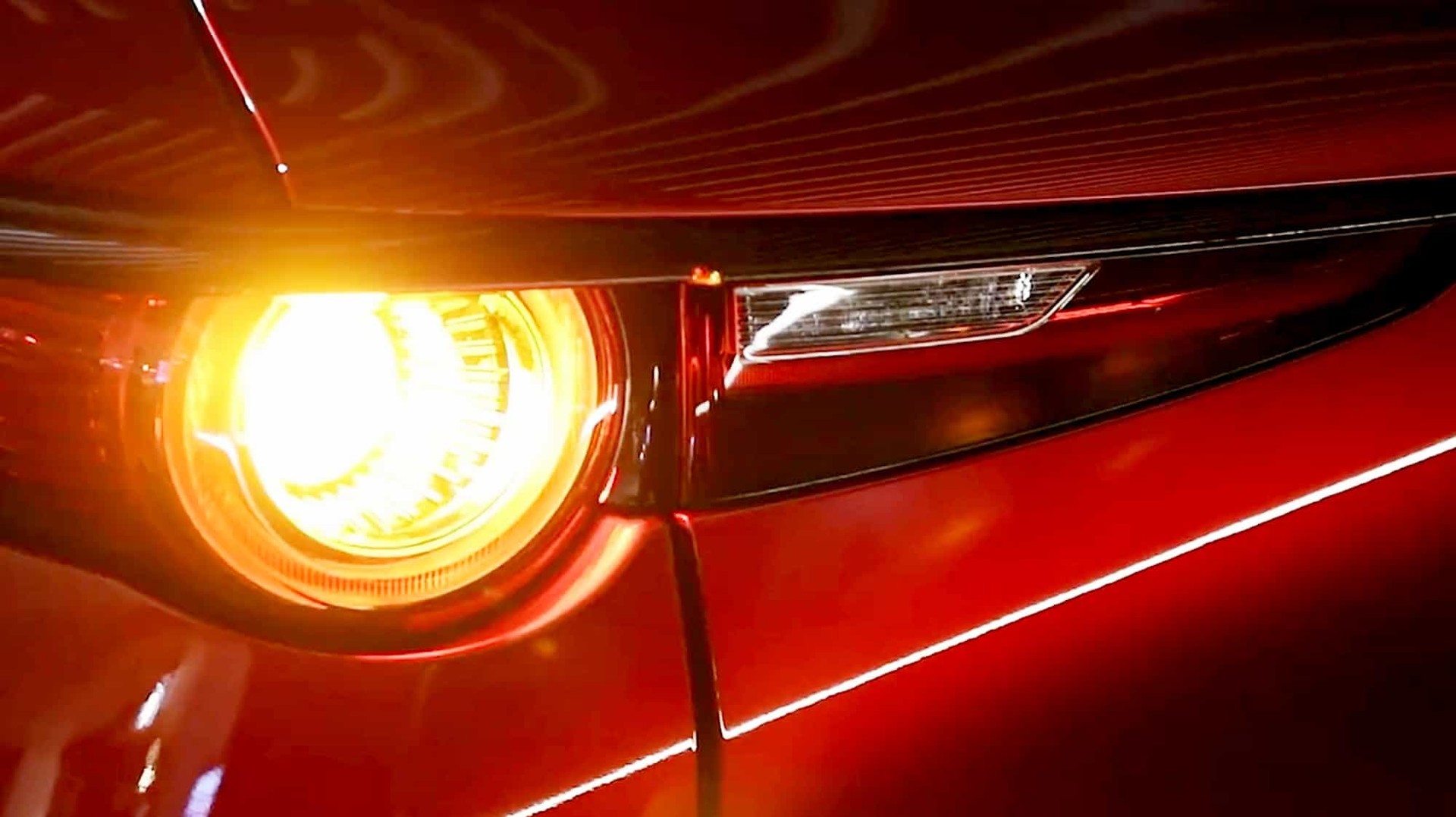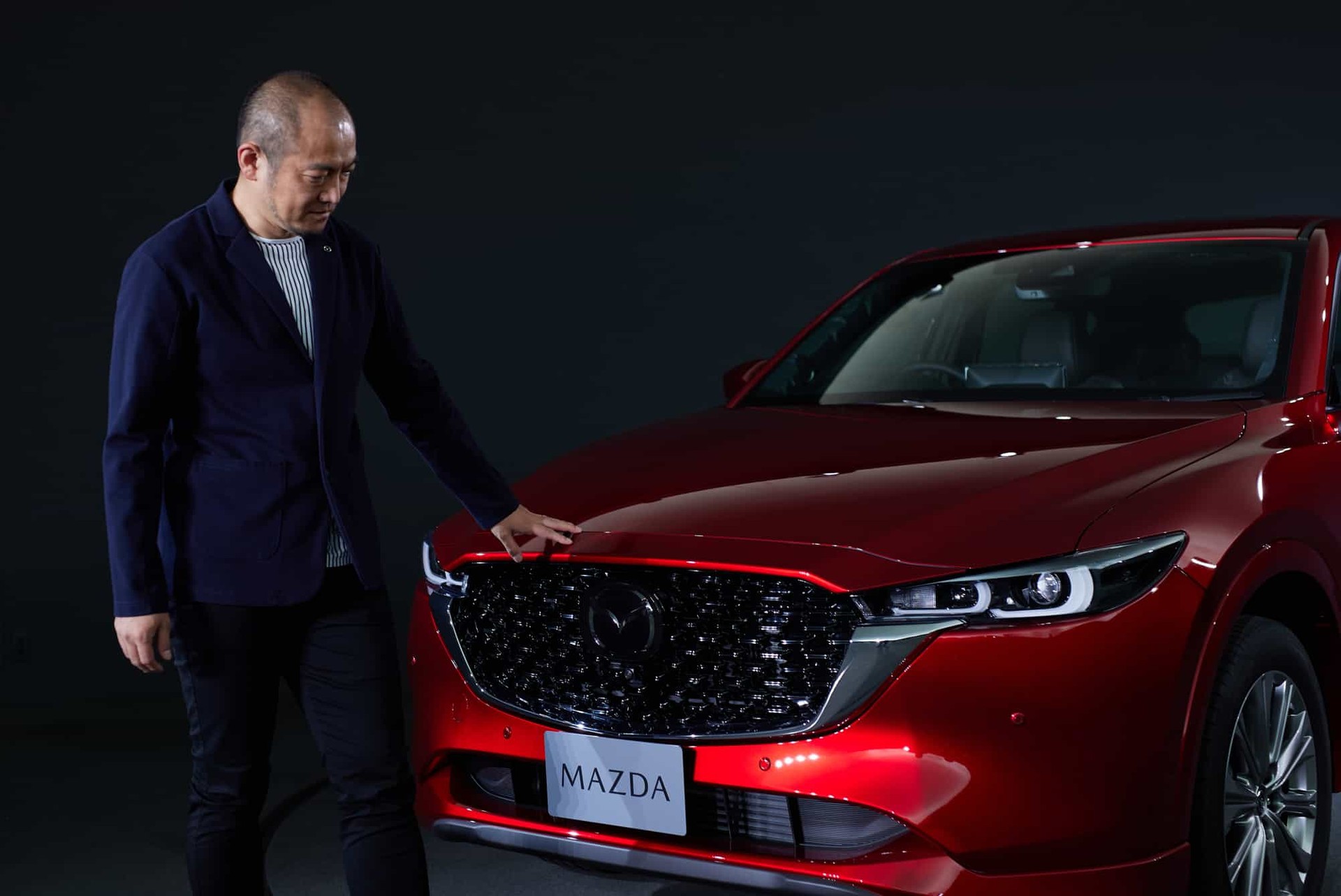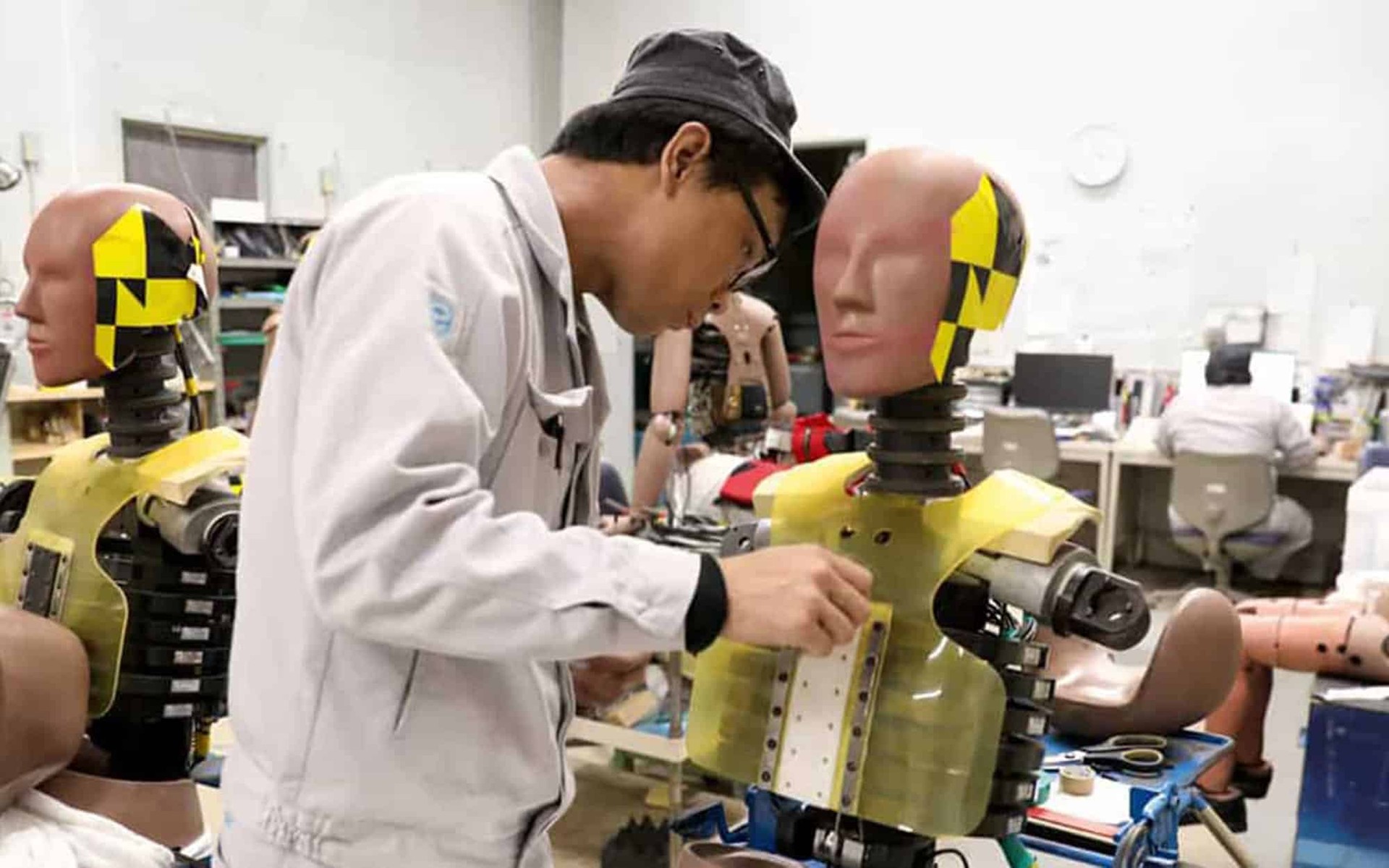
INNOVATE
MAZDA’S MULTI-SOLUTION STRATEGY: FUEL FOR THOUGHT
From reimagining the humble combustion engine to developing the all-electric cars of the future, Mazda is hard at work revolutionizing the way we think about sustainability.
Despite the huge demand for companies to switch to more sustainable methods of energy, automobile manufacturers still face numerous challenges when it comes to moving towards a greener and more electric future. Often, trickier elements such as regional charging infrastructures, emissions from power plants powering electricity grids and viable source materials can all trip up even the most well-intentioned and climate-conscious vehicle manufacturer.
For Mazda, a wider goal of achieving carbon neutrality by 2050 is proof that the brand is driving in the right direction and addressing these issues for a considerably greener future. One of the most effective ways for Mazda to pursue these objectives is through innovation in powertrain technologies across its range of vehicles, from combustion engines to plug-in hybrid electric vehicles (PHEVs) and hybrid electric vehicles (HEVs) to fully electric vehicles (EVs).
While most manufacturers concentrate simply on exhaust fumes to reduce CO2, Mazda has adopted a well-to-wheel (WTW) approach that, in addition to the emissions coming directly from the vehicle, also accounts for the emissions coming from the fuel (or electricity in the case of EVs). As well as the production of fuel and electricity, the WTW approach also takes into account the mining and extraction of the materials needed to produce the vehicle (including battery materials), all the way through to the end of a vehicle’s life through recycling. This is crucial to achieving actual reduction in greenhouse gas (GHG) emissions, as infrastructure in each country differs and in certain regions EVs may in fact generate more emissions on a WTW basis than other engine counterparts.
In other words, there is no one solution that fits all. This is what Mazda’s multi-solution approach is all about—finding innovative solutions for its customers’ needs across the full range of vehicles and powertrains.
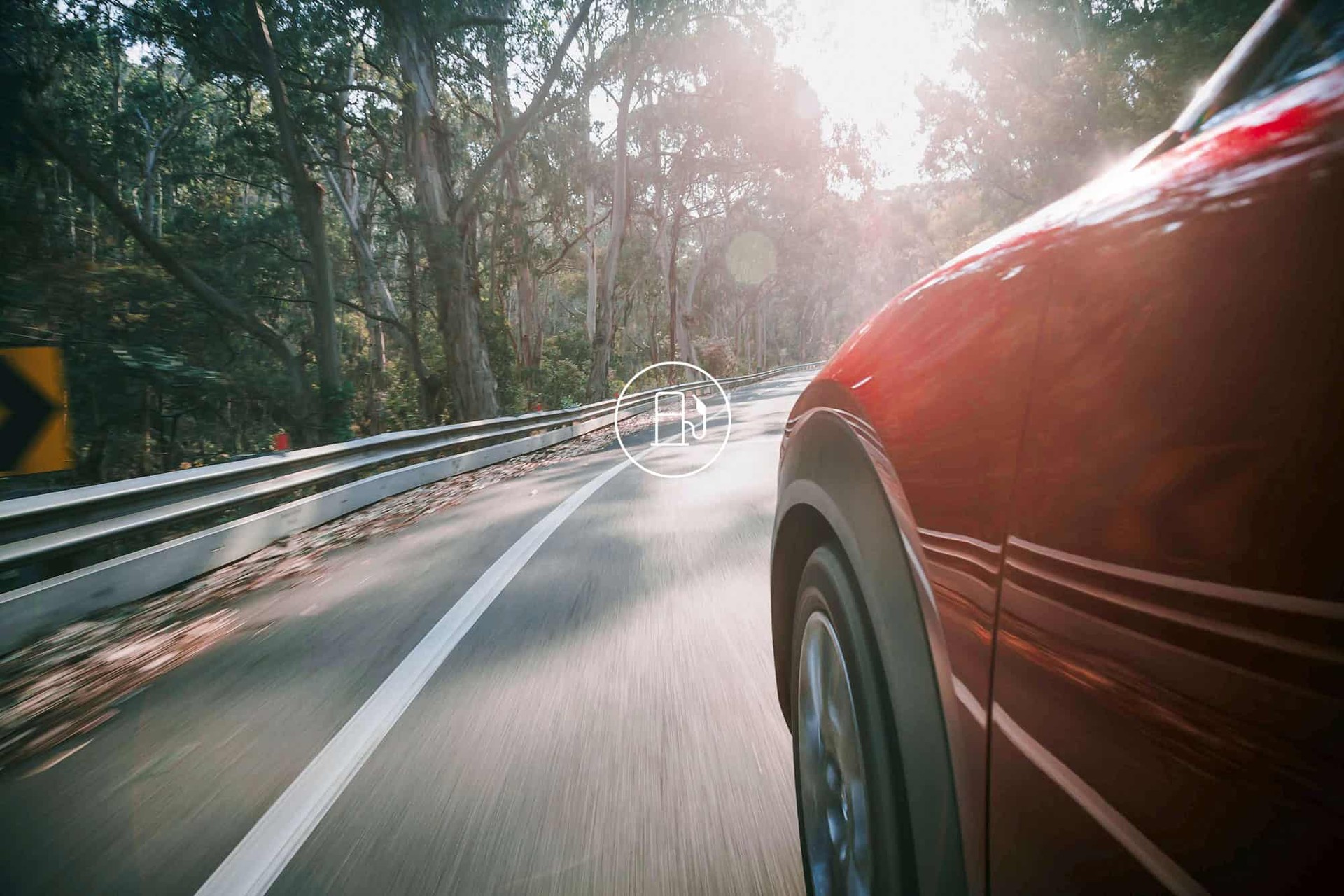
INTERNAL COMBUSTION ENGINE
Available in the Mazda CX‑9, CX‑5, CX‑50, CX‑30, Mazda3 and MX‑5 Miata vehicles, Mazda’s signature Skyactiv‑G powertrain is designed to reduce harmful emissions through as clean and efficient combustion as possible.
Mazda engineers continue to develop and fine-tune the Skyactiv‑G powertrain, the first of its kind, to deliver a 15 percent increase in fuel efficiency and torque over Mazda’s previous gasoline engines. By compressing the air-fuel mixtures in the cylinders to much higher ratios than conventional engines, Mazda is able to squeeze more energy from every drop of fuel.
Another nice innovation for the internal combustion engine (ICE) is Mazda’s cylinder deactivation technology for the four-cylinder engine. Introduced in 2018, the technology allows a vehicle to run on two cylinders instead of four for certain driving conditions, without sacrificing performance.
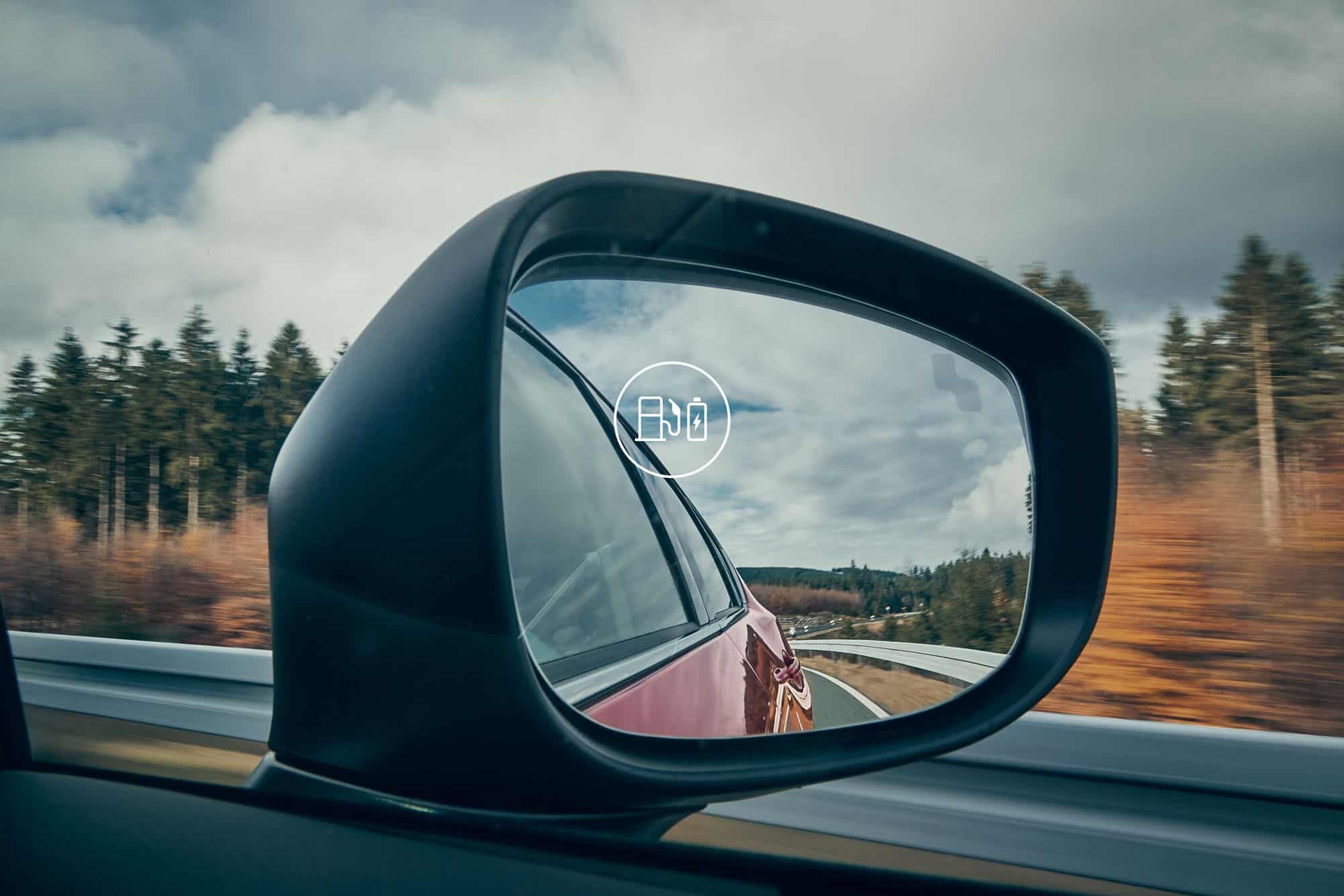
HYBRID, MILD HYBRID AND PHEV
Mazda’s electric vehicle powertrains combine traditional engineering with innovative solutions.
The M Hybrid system, for example, uses a small generator to capture energy normally wasted during braking. With that energy, other interior accessories such as air conditioning, audio and system technology receive power from the 24-volt battery (there’s an upcoming 48-volt battery planned for Mazda’s larger vehicles), saving fuel in the process.
The HEV system takes things a step further by allowing the car to switch between full electric and gasoline modes without needing to plug into an electrical power outlet.
The PHEV powertrain embodies Mazda’s multi-solution approach of utilizing the right solution at the right time, by fusing long-distance driving through conventional fuel use, or switching to 100 percent electric driving for covering shorter distances.
With all eyes on the impressive new Mazda CX‑90 launching soon, the hybrid electric vehicle is at the very forefront of Mazda’s greener future. In fact, by 2030 all Mazda combustion engines will benefit from reduced emissions and higher efficiency, thanks to hybrid electric systems. Now that’s smart tech.
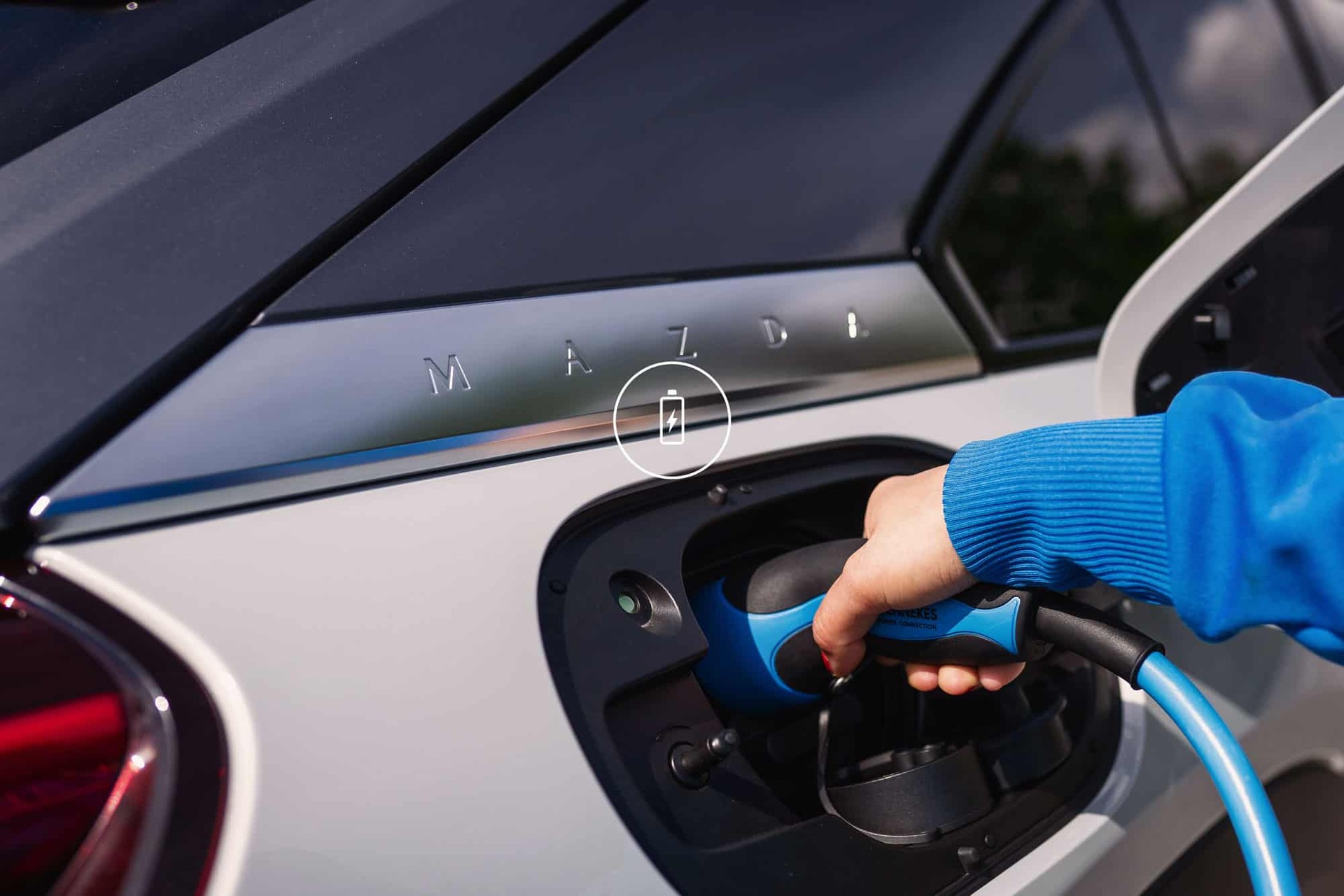
ELECTRIC VEHICLES
The MX‑30 is just one part of Mazda’s commitment to pursuing the path to climate neutrality.
The lightweight 35 kWh battery can be charged from 20 percent to 80 percent in a sprightly 36 minutes on rapid charge, delivering a range of 100 miles.
This battery, which powers the MX‑30’s motor, is reasonably sized too. This helps the vehicle offset the emissions created during production for a true, emission-free Jinba Ittai experience.
Words Ed Cooper
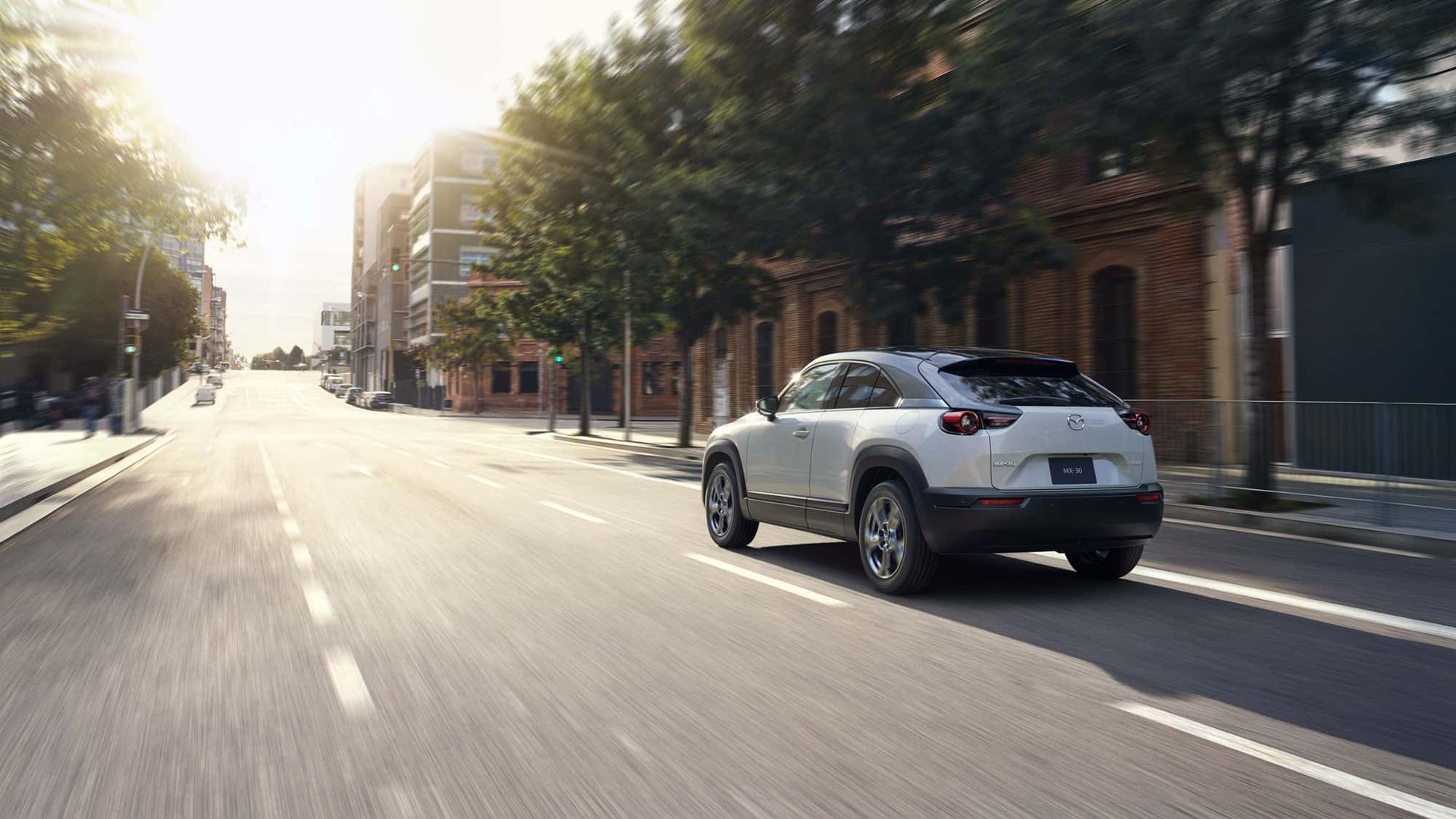
find out more
Driving forward
Discover Mazda’s vision of future mobility with the gas, diesel, and electric powertrain line-up

